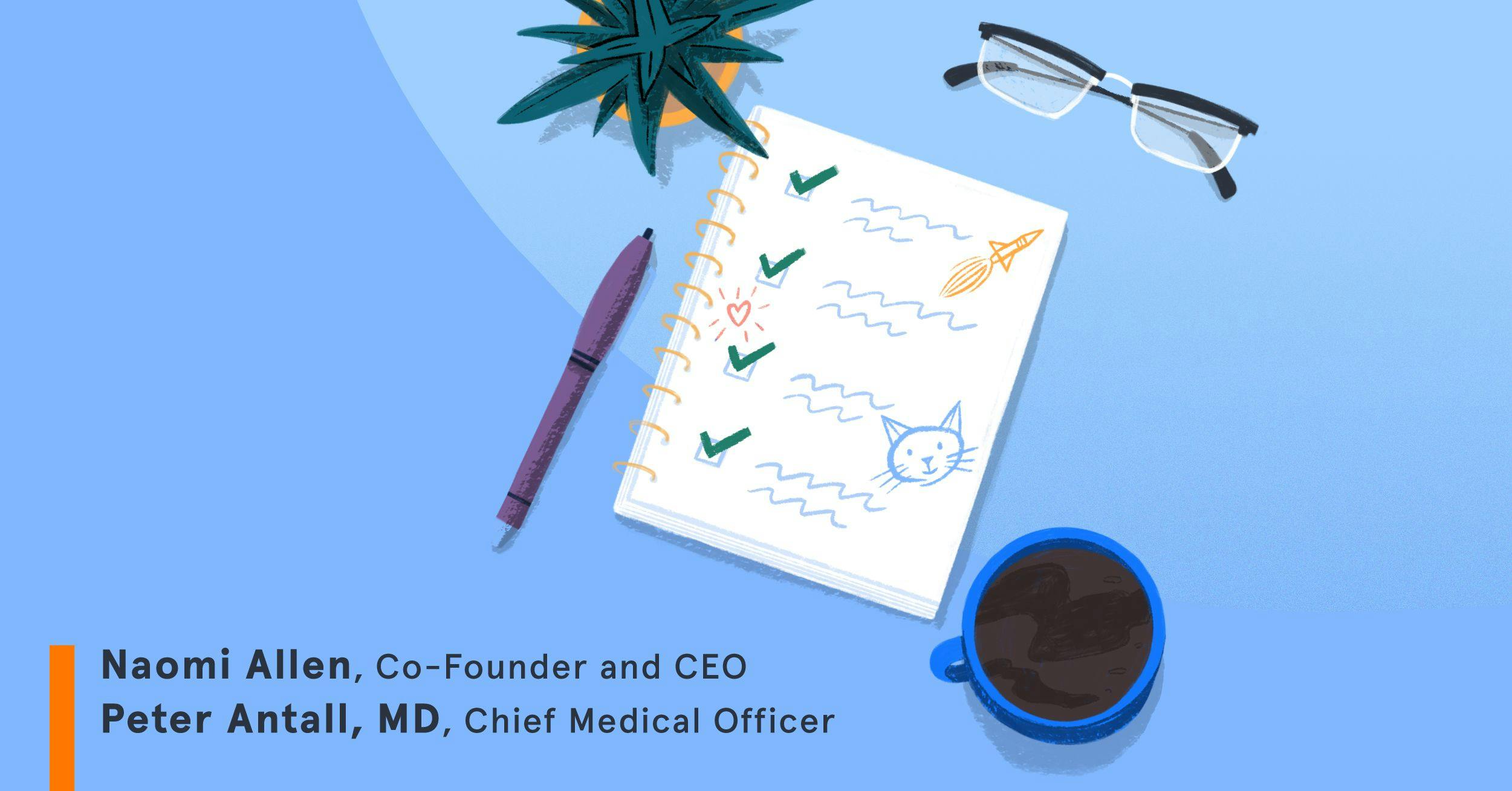Biden’s behavioral health initiative: A good start — but just a start

By Naomi Allen and Peter Antall, MD, Nov 4, 2021
When the Biden administration announced nearly $85 million in funding for pediatric behavioral health initiatives in August, we won a major victory for American children. Finally, the country made an investment in kids and teens to get the increased education, training, and treatment they need.
But this victory, hard-won as it was, is only a partial one. Since that announcement, a coalition of pediatric health leaders declared a national emergency for children’s mental health. And no amount of money on its own will fix the urgent crisis we’re facing today.
Why not? Because the system is broken.
Increasing funding for broken programs in a broken system will not bring about the kind of fundamental, systemic overhaul we need to get families the behavioral health care they need.
Nationally, we face an astounding “provider drought” in pediatric behavioral health. A staggering 70% of U.S. counties don’t have a single child psychiatrist. The American Psychological Association estimates that 70% of clinical psychologists accept no insurance at all. And even in communities that do have pediatric providers, families are often put on months-long waitlists and are typically forced to go out-of-network and pay exorbitant out-of-pocket costs in order to access providers. This leaves millions of families without access to adequate mental health resources.
On top of those access issues, we’ve got serious quality of care concerns. For one, when parents and caregivers begin to suspect their child may need help, they often end up going through a costly trial-and-error process while figuring out what type of care to seek. Once a course of treatment is selected, progress is rarely tracked. Unable to identify or measure progress in their child’s behavioral health state, parents and caregivers often end treatment prematurely — or stay in treatment longer than necessary, exacerbating the provider drought.
As Senators Michael Bennet (D-CO) and John Cornyn (R-TX) recently wrote as part of a comprehensive report on the topic, “[w]e must become more creative with how we think about who does what, where and for whom.”
So what are the creative ways we can tackle these challenges? How can we fix our broken system? Let’s start with these evidence-based solutions:
Leverage coaches and digital resources. To address the lack of access, we need to increase virtual care options to meet children and families where they are. Digital, self-guided content and virtual coaching, which has been proven to reduce stress and increase well-being, can support early intervention and are a lower-stigma option for those seeking mental health care. Providing these lower-cost resources at scale — in addition to virtual therapy and other clinical care when needed — would be a game-changer for pediatric behavioral health, allowing families to effectively manage anxiety, tantrums, sleep issues, and much more while preventing everyday challenges from turning into crises.
Use standardized assessment tools. Fixing our pediatric behavioral health care system requires thoughtful intake and effective triaging. Too often, families don’t receive screening for behavioral health conditions and have to waste time and resources by seeking out specialists who may not be the appropriate provider for their child. In some instances, coaching, digital content, or parental or teacher intervention may be sufficient; in others, a child may need a multidisciplinary approach from multiple providers or specialists. By creating standardized assessment tools and measuring outcomes, we can better determine the best treatment program for each child.
Provide an integrated, multidisciplinary care network. Kids and adolescents often have comorbid disorders and often need behavioral health care from multiple clinicians, yet those clinicians rarely talk to each other to coordinate care. As a result, care plans can duplicate or contradict each other, leading to suboptimal or even negative outcomes. Families deserve coordinated care plans that have clinicians working together to deliver the best outcomes for each child.
Make dyadic treatment the norm. The traditional pediatric behavioral care model doesn’t integrate parents and caregivers into the treatment plan, despite this type of integrative model proving three times more likely to be effective than when parents are kept out of the loop. Parents and caregivers should be taught to identify signs of progress and potential outcomes.
Offer step down options. The majority of children do not need to receive behavioral health care indefinitely. But our current system has no effective way to successfully transition children out of clinical care when it’s no longer necessary. We need to offer step-down approaches like coaching and content for ongoing support and transition patients out of care at the appropriate time.
Eighteen months into a global pandemic that has significantly increased and exacerbated our nation’s mental health crisis, it’s past time to start addressing systemic failures in a meaningful way. While the Biden administration’s initiative is a step in the right direction, continuing to fund existing programs without focusing on scalability and infrastructure deficiencies is not sufficient.
The Biden initiative is welcome news, but we can’t let this money go to waste by continuing to throw it at a broken system. The good news is, we know what needs to be done, and we have the resources — the technology, science, knowledge and knowhow — to transform children’s behavioral health care for good. We just need to roll up our sleeves and do the work.
Our kids deserve better. Let’s work together to fix the system.
Naomi Allen is the co-founder and CEO of Brightline. Peter Antall, M.D., is Brightline’s chief medical officer.